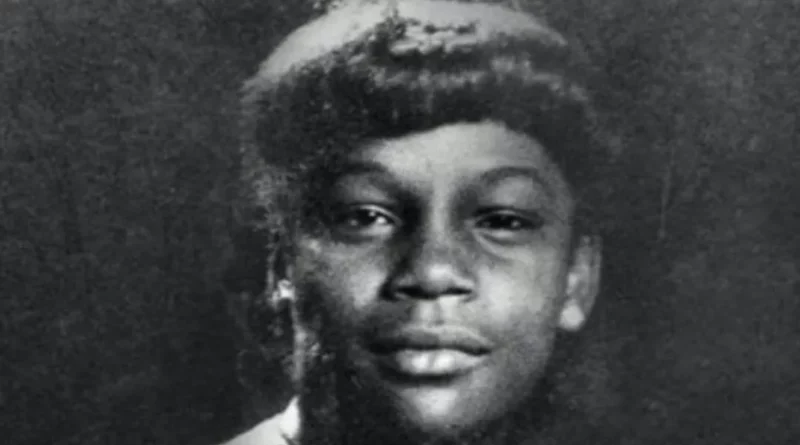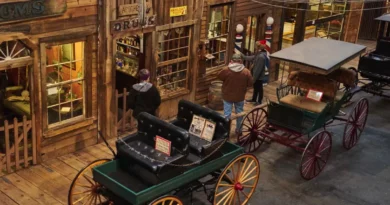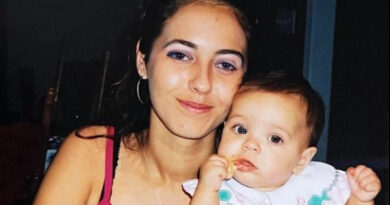The Murder of Latasha Harlins in Los Angeles California
The murder of fifteen year old Latasha Harlins on March 16, 1991 in South Central Los Angeles, California remains one of the most significant tragedies in the history of the city. Her death, captured on a store security camera and spread across news broadcasts, became a defining moment that exposed the deep fractures within the community. The incident highlighted racial tension, economic strain, and the unequal treatment that Black residents often faced within both local businesses and the criminal justice system. The killing of Latasha, a hardworking teenager with dreams and responsibilities far beyond her age, sparked outrage and shaped the social climate that erupted the following year during the Los Angeles uprising.
A Morning That Changed Everything
On the morning of March 16, 1991 Latasha walked to the Empire Liquor Market on South Figueroa Street carrying two dollars to buy a bottle of orange juice. She lived nearby with her grandmother and younger siblings. Family members later described her as mature, reliable, and deeply caring, often helping her grandmother maintain the household. Her presence in the store that morning was routine, something she had done many times before. The simple act of buying a drink should have been an ordinary moment, but it became the starting point of a tragedy that stunned the entire city.
While browsing the store, Latasha selected a bottle of orange juice priced at $1.79 and approached the counter with the money in her hand. The store owner, Soon Ja Du, accused her of attempting to steal the drink. Witnesses and later investigations noted that Latasha did not attempt to flee, nor did she hide her money or the bottle. A struggle began when the store owner grabbed Latasha by her sweater. The teen fought to free herself and placed the bottle on the counter. As Latasha stepped toward the door, the store owner retrieved a handgun from behind the counter and fired a single shot. The bullet struck Latasha in the back of the head, killing her instantly. When authorities arrived, they found the two dollars still clutched in her hand.
The Community Reaction and Demands for Justice
The killing shocked South Central Los Angeles. For many residents, Latasha represented their daughters, sisters, and nieces. Her death became a symbol of how quickly young Black lives were dismissed or endangered by racial suspicion. The fact that she had been prepared to pay, that she had been unarmed, and that the confrontation escalated so rapidly intensified public heartbreak. Protests formed near the store, and community leaders demanded that the justice system bring accountability.
The criminal case resulted in a conviction for voluntary manslaughter. However, when sentencing took place later that year, outrage deepened. Despite the severity of the crime, the judge sentenced the store owner to probation, community service, and a fine. There was no prison time of any kind. The lenient sentence was widely viewed as a failure of the justice system to value the life of a Black child. Many believed the case revealed a larger pattern in which Black victims were denied the full weight of legal protection. This sense of injustice became a lasting wound, one that played a role in the city’s growing tension.
The Larger Climate of Los Angeles in the Early Nineteen Nineties
Los Angeles in the early nineteen nineties was a city divided by race, class, and policing. The beating of Rodney King by Los Angeles police officers, which occurred just days before Latasha’s death, had already placed enormous strain on the city. Black communities felt targeted by law enforcement, economically marginalized, and socially neglected. Many businesses in South Central were owned by immigrants who often had little connection to residents, creating friction based on misunderstanding and fear.
Latasha’s murder became one of the clearest examples of how mistrust and miscommunication could lead to devastating consequences. The lenient sentence added fuel to the emotional pressure building within the community. When the officers in the Rodney King case were acquitted the following year on April 29, 1992 the city erupted. During the uprising, many protestors invoked Latasha’s name, believing her case had helped set the stage for the explosion of anger. Murals, posters, and chants throughout the following months kept her memory alive.
Tupac Shakur’s Dedication and Cultural Impact
The story of Latasha Harlins reached beyond Los Angeles and became part of national conversations about Black womanhood, youth, and vulnerability. One of the most influential tributes came from Tupac Shakur. In 1993 he released the song “Keep Ya Head Up,” a powerful anthem centered around resilience, respect for Black women, and endurance in the face of injustice. Before the song begins, Tupac dedicates it to Latasha Harlins, ensuring that her name would become immortalized in music and remembered by millions.
This dedication transformed her story from a local tragedy into a cultural touchstone. For many listeners, the mention of Latasha served as a reminder that the struggles described in the song were connected to real people with real stories. Tupac’s message urging strength and unity gave new meaning to the pain surrounding her death. The song became one of the most recognized examples of how artists can elevate victims’ stories and ensure their legacies live on in public consciousness.
The Legacy of Latasha Harlins
The legacy of Latasha Harlins continues to influence discussions about justice, racial tension, and the value of young Black lives. Her story is taught in classrooms, discussed in documentaries, and remembered during community gatherings. Each year, as conversations about policing, racial profiling, and sentencing disparities continue, her name emerges as a reminder of how far the country still has to go in protecting all its citizens.
Latasha’s life was cut short at fifteen, yet her impact continues to shape the social and cultural landscape of the United States. Her name stands not only for tragedy but also for change, resilience, and ongoing demand for fairness. Through music, activism, and community memory, Latasha Harlins remains a symbol of the urgent need for justice and compassion in every corner of society.
Discover more from City Towner
Subscribe to get the latest posts sent to your email.




